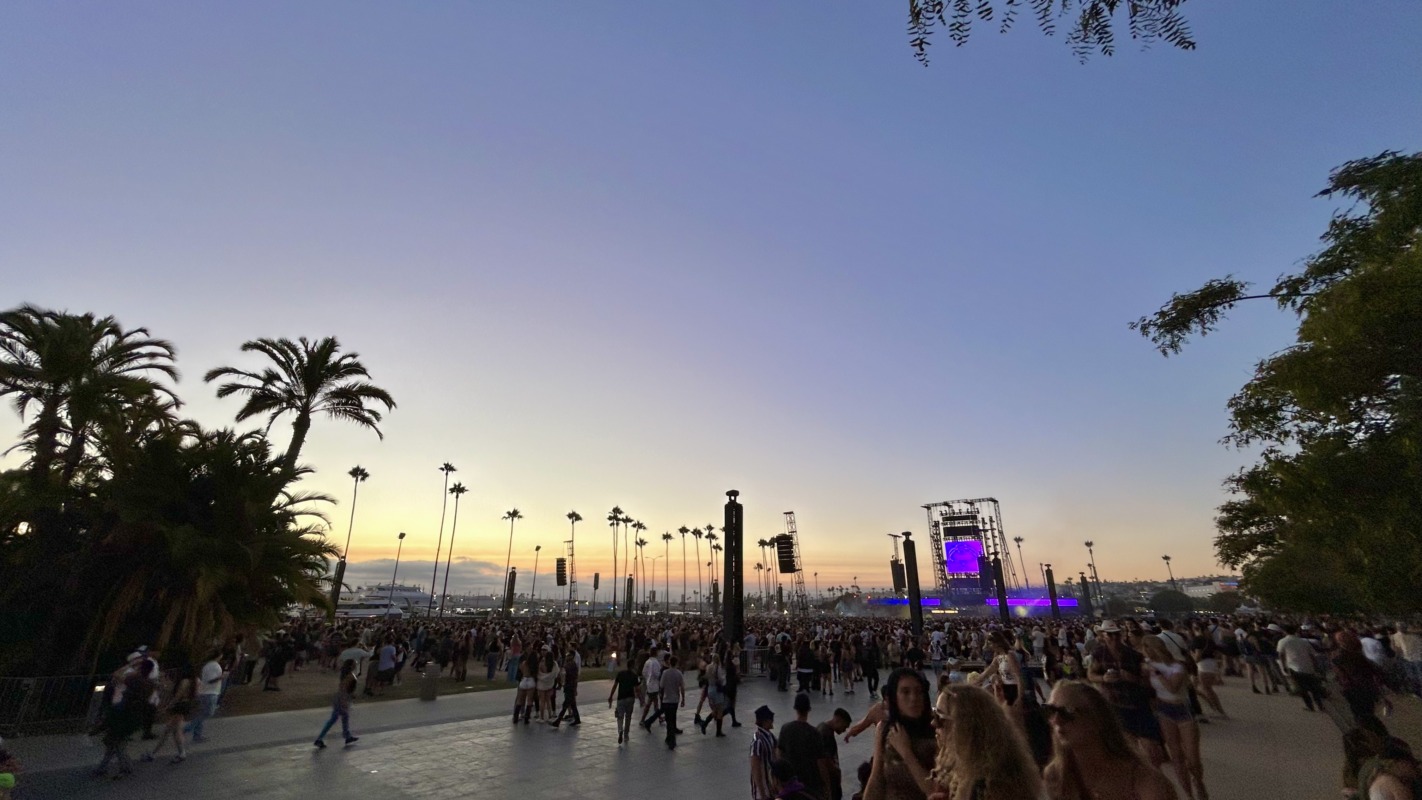In the Naruto world, Hidden Villages are home to thousands of ninja. The series mainly focuses on them, so it may come as a surprise to more casual fans that the villages are not actually all there is. Each village is like a small, sovereign nation residing in a larger country ruled by a feudal lord, or Daimyo. Before these villages were established by the first Hokage, the different lands were run by certain feudal lords who contracted the various ninja clans to fight in battles and wars for them. During this time, children died young and the ones who survived grew into vengeful adults.
The establishment of Hidden Villages gave structure to a rogue society that was desperate for unity and efficiency. These villages eventually took root in every nation and came into the service of their respective Daimyo.
The countries operate as separate political entities, with the Hidden Villages as part of the land where ninja reside. The heads of these villages, the Five Kage, stand as the generals that take care of shinobi matters. By training its citizens to be ninja from a young age, the Hidden Villages maintain their economy by using them as manpower in various missions others are willing to pay for, from weeding a garden to assassinating politicians to being soldiers in case the country is involved in a war.
The Land of Fire
One of the largest and most powerful countries, the Land of Fire is ruled by the Fire Daimyo and was the first to adopt a Hidden Village. While not physically the largest country, Konoha is the largest ninja village and is home to the main characters of the series. When Hashirama Senju and Madara Uchiha founded Konoha, also known as the "Village Hidden in the Leaves," it was with the intended purpose of unifying the country's disparate clans and aligning with the feudal lord.
Before then, ninja were organized into small mercenary clans that were hired by whoever took their contract. Seeking to end the bloodshed, Hashirama brokered a truce with Madara and founded Konohagakure, a name Madara coined himself. Other villages soon followed their example, creating the Five Great Shinobi Countries and essentially ending the Warring States era.
The Land of Wind
Located southwest of the Land of Fire and bordering the Land of River (and Amegakure, the Hidden Rain Village), the Land of Wind is governed by the Wind Daimyo, the country covering a vast realm of desert with little productivity. Because of the little rainfall, the Village Hidden in the Sand, or Sunagakure, is built on one of the desert's largest oases. With a large population in such a harsh environment, the Land of Wind has warred with the Land of Fire in the past for resources, but thanks in part to the friendship between Kages Naruto and Gaara, they are now on good terms and benefit from a great deal of trade between the two countries.
The Land of Water
Also known as the "Land of Mist," this country is composed of many islands, each with its own unique traditions and cultures. The Water Daimyo is the government leader of these islands that are usually covered in mist, the weather typically cool but in some areas snowing quite a bit. The Hidden Mist Village, or Kirigakure, previously referred to by some as the "Bloody Mist Village," has a mysterious and violent history. However, under the Fifth Mizukage, Kiri has reformed its internal policies and is now a modern and thriving city; even more progressive than Konoha and a major trading hub for international goods.
The Land of Lighting
A peninsula northeast of the Land of Fire, the Lighting Daimyo rules this mountainous land whose many thunderstorms give the country its name. Somewhere in those mountain ranges is the "Village Hidden in the Clouds," or Kumogakure. Kumo has had a volatile relationship with the Land of Fire, each being on different sides of various struggles. Because of Kumo's mission to consolidate power, they have made numerous attempts to steal kekkei genkai and jutsu from other villages, almost leading to war. However, with the era of the Fifth Raikage, all the nations are on good terms again and Kumo now works for the benefit of all the villages.
The Land of Earth
Northwest of the Land of Fire is the Land of Earth, its government leader is the Earth Daimyo and land is primarily desolate rocky areas. Iwagakure, or the Village Hidden in the Stones, has a natural stronghold made from the surrounding rock and stone. That being said, Iwa has had various battles with numerous villages including Suna, Kiri and Konoha, during different wars and conflicts throughout its history. Even during times of peace, Iwa has conspired against nations it held treaties with. Even with the end of the Fourth Great Ninja War and the peacetime that followed, where its leader eventually became disillusioned with the world's newfound unity.
Similar to aspects of feudal Japan, treaties between nations were periodically signed, but they weren't worth much more than the paper they were written on. However, the Fourth Great Ninja War unified these countries and ushered in an era of peace. The Lands of Fire, Wind, Water, Lighting and Earth maybe separate nations ruled by Daimyo, but the Hidden Villages of these nations and their heads hold equal standing as their landlords. As the military arm of these countries, diplomatic relations are broken or maintained by them, but their economies are sustained by the relationship they hold with the lands they reside in. This cycle is the economic lifeblood for a shinobi and will guide this adaptive society into the future.


